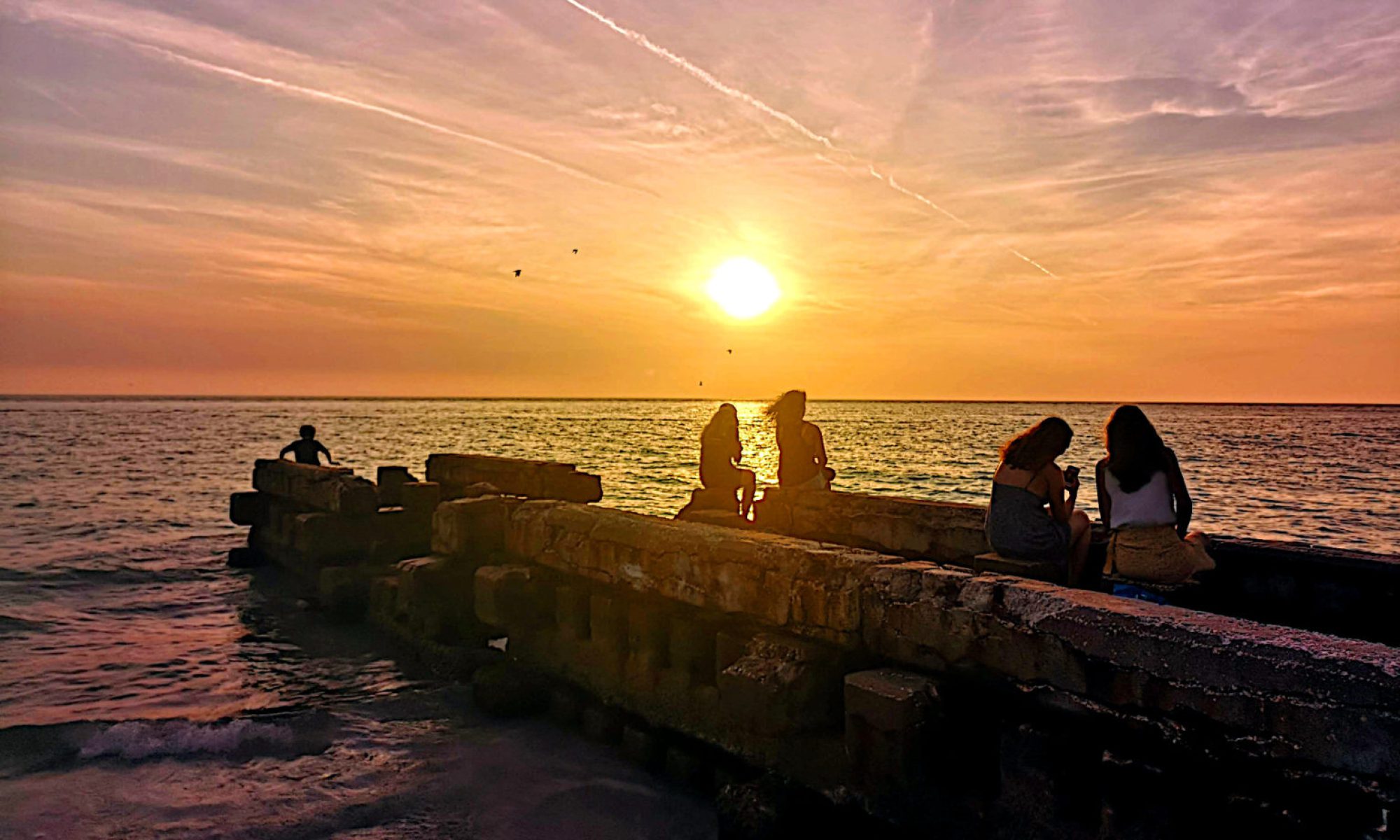I didn’t know this, but the modern idea of Shakespeare as an almost unparalleled artist and genius of the stage was essentially an eighteenth-century creation. There were many reasons for this, including the fact that at the beginning of the eighteenth century, all of the London theatres had been closed during the Puritan Interregnum (1649–60) following the English Civil War. After the Restoration, the easygoing and licentious Charles II ascended the throne that had been vacant since the military defeat and subsequent execution of his father, and all forms of entertainment were once again legitimized, including the theatre and related pursuits.

After the Restoration, the easygoing and licentious Charles II ascended the throne that had been vacant since the military defeat and subsequent execution of his father, and all forms of entertainment were once again legitimized, including theatre and related pursuits. Londoners, fed up with Puritan austerity and intolerance, threw themselves into the new hedonism with a vengeance, and the reopening of the theatres in 1660 drew a definitive line between the repressive past and the exciting new era in which the senses—physical, aesthetic, sensual—would be celebrated rather than denied.
That same year saw the very first appearance by a professional woman performer on the English stage. Before the 1640s, female characters had been played by young men, but now there was a new focus of popular idolatry: a creature that James Boswell called “that delicious subject of gallantry, an actress.” Charles II himself led the titillating fashion in taking as his mistress the charming and celebrated comedienne Nell Gwyn. David Garrick was at the beginning of a career that would make him one of the most celebrated actors in British history, and he and Samuel Johnson almost single-handedly created the modern cult of Shakespeare.
via https://hudsonreview.com/2020/04/the-shakespeareans/#.XqWD28hKg2x
